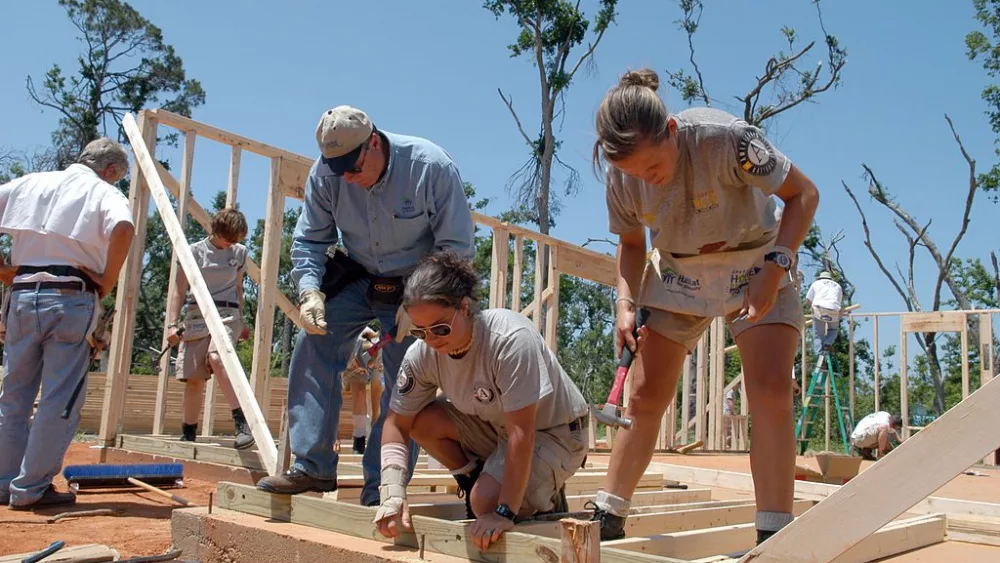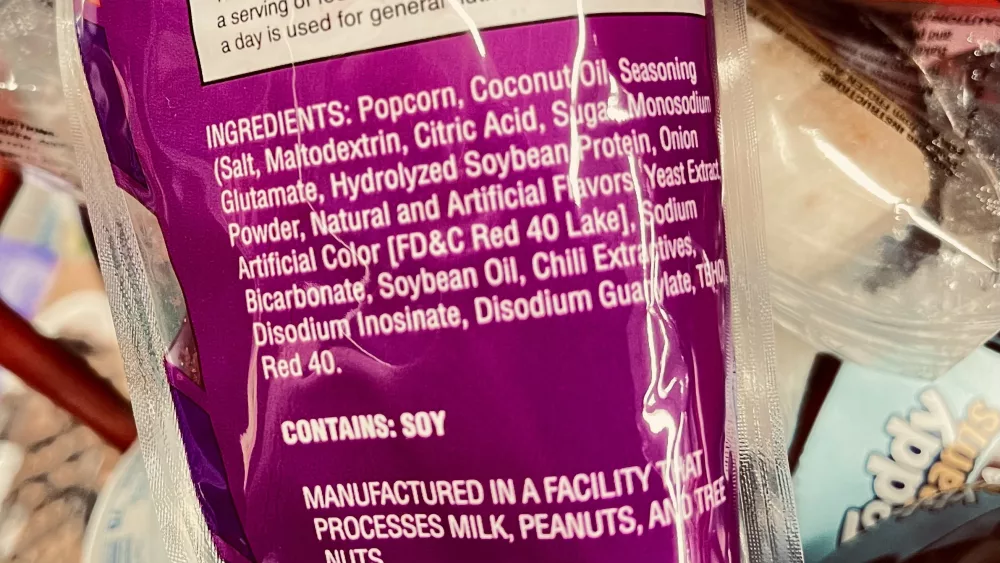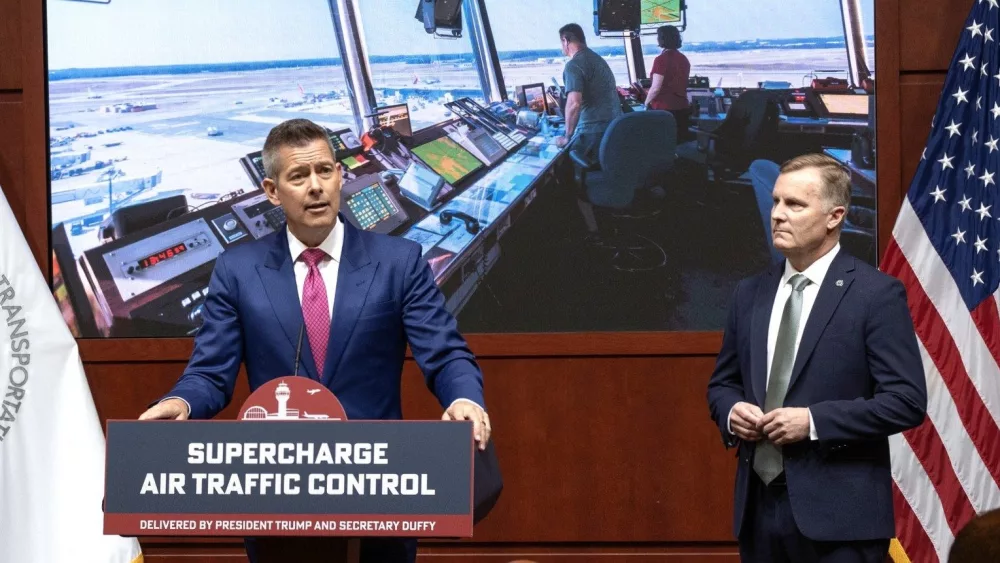(The Center Square) – Virginia’s Arlington National Cemetery, one of America’s most notable symbolic memorials to freedom, will soon run out of room.
Despite two extensions in progress meant to expand capacity until 2060, the 639-acre cemetery’s eligibility requirements and geographical footprint must change to preserve space for future generations of American heroes, officials say.
“It’s absolutely critical that we plan for the expansion of the Arlington National Cemetery,” said Mario Marquez, director of national security for the American Legion. “It serves as a poignant reminder of the sacrifices made by generations of service members and must continue to provide space for future generations to honor their loved ones in this revered place.”
Since the first burial and designation as a national cemetery in 1864, the site has become synonymous with presidents, famous military and political leaders, and astronauts. It’s also the final resting place of more than 400,000 service members and their families.
Marquez said the prospect of burial at the cemetery “carries profound significance” and “symbolizes the nation’s deep gratitude for their service and sacrifices.”
Initially, the burial ground was established to ensure the families of service members killed in action – who could not afford to transport their remains home – were given a proper funeral and burial. Veterans from as far back as the Revolutionary War rest inside the cemetery.
But in the 20 years following President John F. Kennedy’s burial, the cemetery grew rapidly. By the 1980s, the federal government had established stricter eligibility requirements to preserve space.
Marquez said those guidelines should narrow even further. The legion recently authored a resolution that calls for restricting burials to service members killed on active duty; highly decorated veterans, including Purple Heart recipients; veterans separated from the military before Oct. 1, 1949 with a physical disability rating of 30% or higher; retired military veterans, their spouses, and eligible children; former prisoners of war; and presidents or former presidents.
“Having loved ones interred at Arlington National Cemetery provides a sense of deep pride and respect, as it reflects the nation’s recognition of their valor,” Marquez said. “The ceremonies held here provide an opportunity to honor their service and remember their contributions, instilling a sense of solemn dignity and continuity.”
Today, thousands of rows of simple white headstones brightly illuminate in the sun against a backdrop of rich, dark green hills. Those white headstones perhaps shine the brightest for Gold Star families, who understand the magnitude of sacrifice in defense of freedom.
“These hallowed grounds are the ultimate honor we can give to our heroes who have given all for our great nation so we may continue to enjoy our freedom every day,” said Marlene Van Matre, a Gold Star Family member.
Matre’s brother, Michael H. Flood, was killed in action while serving in Vietnam in April 1969. She described his burial at the cemetery as “the ultimate honor” for Americans who have given so much to the nation.
Marlene Van Matre, with America’s Gold Star Families, whose brother Michael H. Flood was killed in action in April 1969 while serving in Vietnam, described burial at ANC as the “ultimate honor” for Americans who have given so much to the nation.
The American Legion also supports the Expanding America’s National Cemeteries Act introduced in Congress in March.
“This is not only about maintaining the tradition and honor of Arlington but also about upholding our promise to every service member and their family,” Marquez said. “Let’s preserve and expand these sacred grounds for our future generations.”




